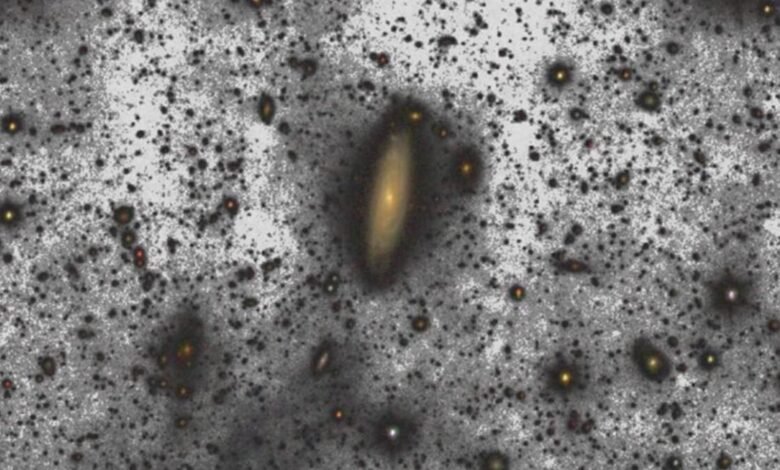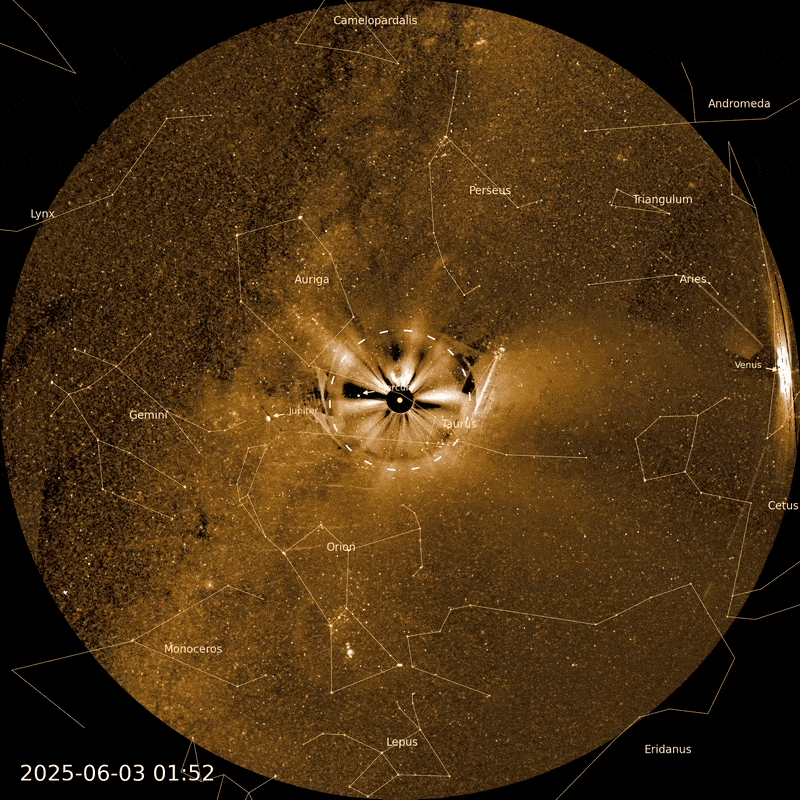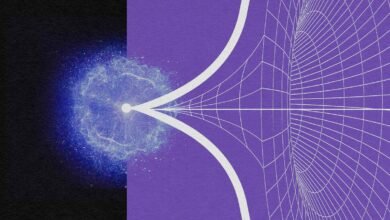The sky is brighter than astronomers imagined | by Ethan Siegel | Starts With A Bang! | Apr, 2025

The most famous Hubble images show glittering stars and galaxies amidst the black backdrop of space. But more was captured than we realized.
Although we’ve now firmly entered the JWST era in astronomy, our deepest views of the faintest objects of all still come courtesy of the Hubble Space Telescope. Now working in its 35th year since launch, Hubble has spent more time viewing certain specific, dedicated regions of sky than any observatory ever, achieving unprecedented depths in the process. The deepest views of the Universe ever remain the Hubble Ultra Deep Field, with a cumulative total of 11 days of observing time (across all wavelengths of light), and a portion of the Ultra Deep Field that was cumulatively imaged for roughly twice as long: the Hubble eXtreme Deep Field.
Even though JWST has also viewed this region, the shorter observing times mean that, in many ways, Hubble’s views are more sensitive to fainter signals, particularly at optical (visible light) wavelengths. However, there’s something that’s a little bit peculiar about the bright, massive galaxies that appear in these Hubble images: it’s as though their light abruptly stops at a particular edge for each galaxy, rather than diffusely continuing the way we see light continuing within most nearby, extended galactic objects. A 2018 reanalysis of the raw data from these fields showed that the extended, diffuse light at the outskirts of these galaxies is real, and that the methods use to produce the more-famous images commonly shown are artificially removing starlight that’s very, very real. Here’s what everyone should know about it.
Above, you can see the Hubble Ultra Deep Field, with the Hubble eXtreme Deep Field inlayed within it, in all their glory. These views represent some of the deepest images of the ultra-distant Universe ever taken, where many of the galaxies shown here are billions or even tens of billions of light-years away, with the most distant of all being around ~32 billion light-years distant. This is due to the combinations of facts that:




